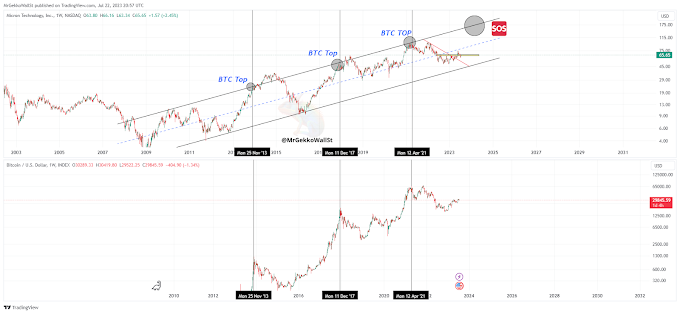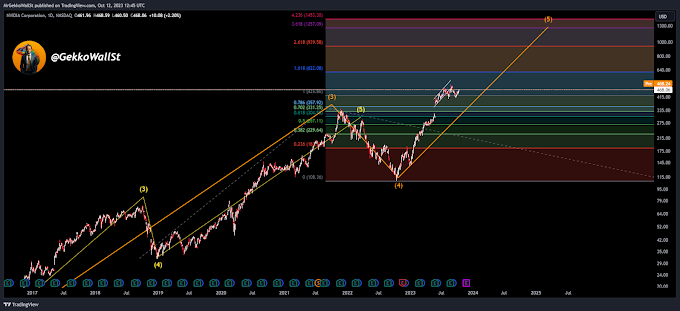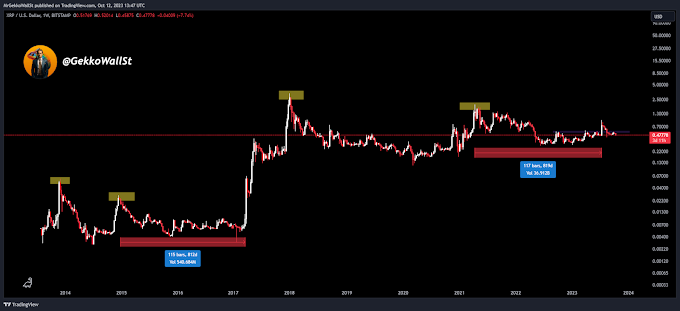Since World War II, there have been 227 months in which the Dow Jones Industrial Average reached at least one new record. In only 26 of those months, or 11.5% of the time, a recession began in the following year. In comparison, the economy entered into a recession 13.9% of the time since World War II. Considering this context, new highs can be interpreted as a subtly positive sign for the economy in the coming year.
The last Dow record was set almost two years ago. Faced with this prolonged period without new highs, the question arises: what happens when the Dow goes a long time without reaching a new peak?
In 12 instances since World War II, the Dow went at least a whole year without establishing a new record; in only 2 of those times did the economy enter a recession one year after the new high.
It's noteworthy that, in these two situations, turbulence in the Middle East and an increase in crude oil prices were highlighted factors, likely contributing to the recession. Considering that the United States now leads global oil production, would it be wise to challenge history and view this new record as an exception?
The extended absence of a new high in the Dow Jones index so far signals an improvement in prospects, based on historical data. When analyzing the 12 occasions (since World War II) when the index went at least a year without reaching a new record and eventually reached it, we observe that in 10 of these instances, one year later there was an increase, with a significant average of 14.1%. Additionally, the median return was robust, reaching 16.4%.
New all-time high on the Dow Jones suggests an average return of 14.1% within one year
December 28, 2023
0
Tags





